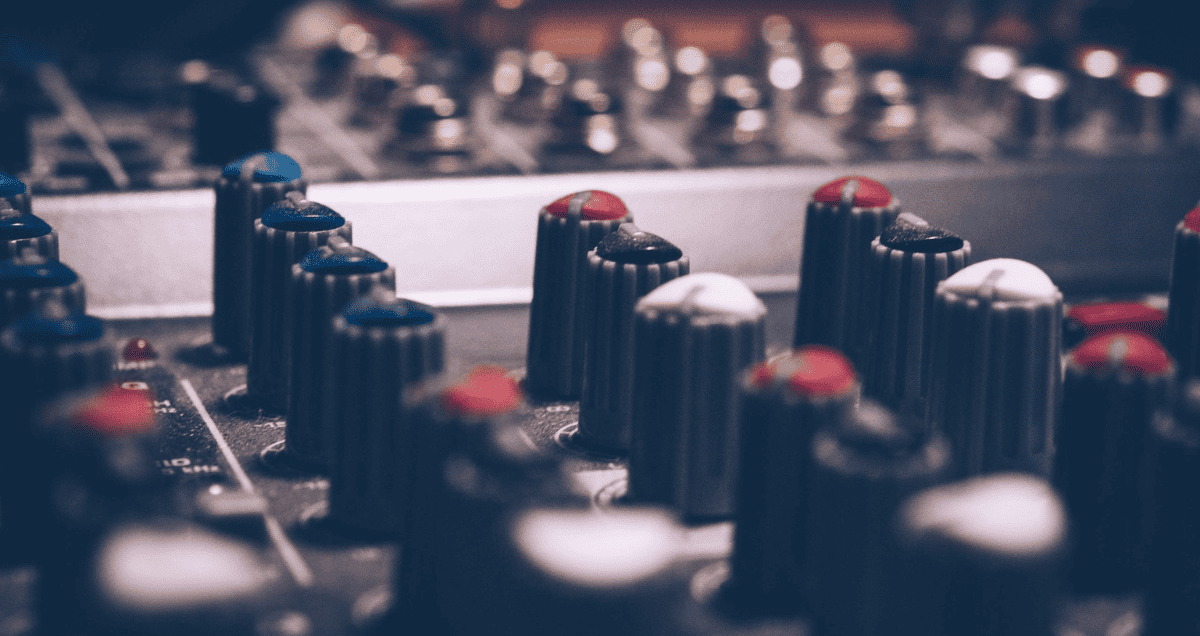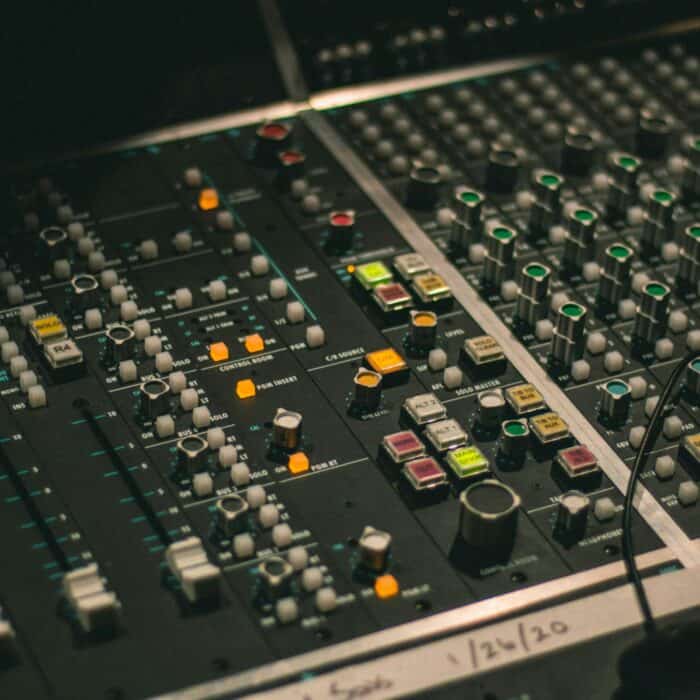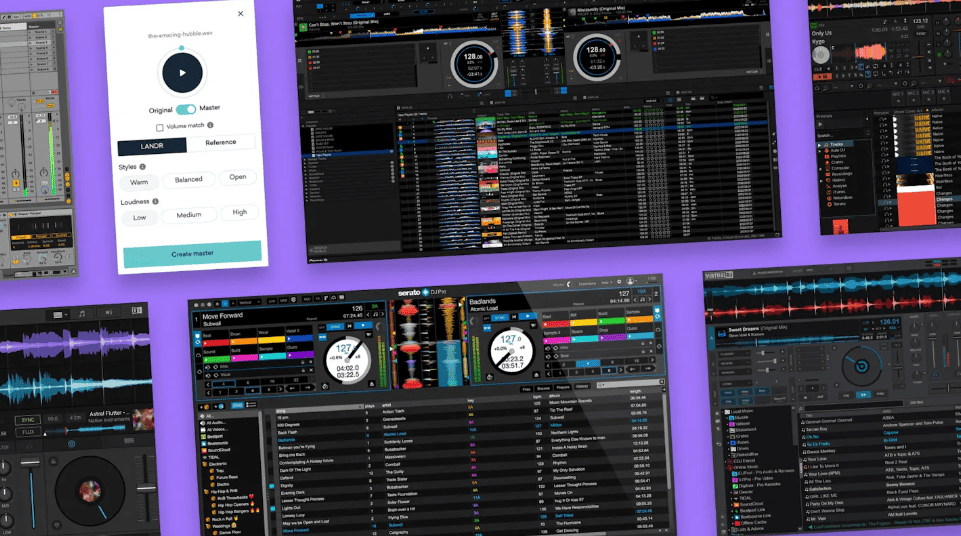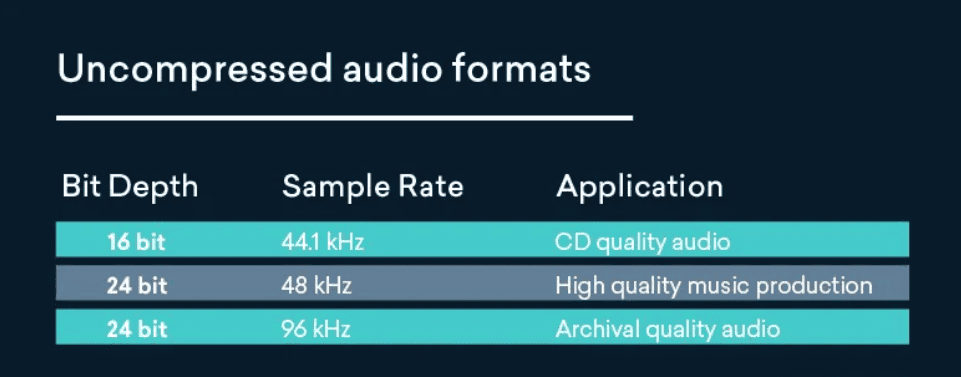Remastering music is all about making old songs sound better. It’s like giving them a makeover so they sound clearer and nicer. But what exactly does it mean? In this guide, we’ll explore what remastering is and why it’s important for music.
So, let’s dive in and learn more about this fascinating process!
Table of Contents
ToggleWhat does remastered mean?
If you listen to music on apps like Apple Music or Spotify, you might see “remastered” or “digitally remastered” next to some songs. This means a specialist made the music sound better by adjusting it with modern tools.
What is remastering?
Remastering is when old recordings get updated to sound as loud as modern ones using techniques like adjusting sound quality and volume. It might also involve fixing any sound problems.
It makes old songs sound better while keeping their original vibe. They say a good remaster should only make a good mix even better, just like a master does.
What’s the difference between a remix, a remake, and a remaster?
A remix is when a producer makes a new version of a song by using its parts. Remastering gives songs a makeover, like changing sounds or tempo. A remake is when a song gets played or recorded again, sometimes with new instruments, but keeps the same words and melody.
Why do songs get remastered?
1. To adjust loudness and dynamics
Before CDs came out in the 1980s, music was mostly made for vinyl records since that’s what people listened to. Vinyl had limits, like background noise and not being able to play loud sounds. CDs didn’t have these issues, so music could be louder.
This change made music louder overall, and artists started releasing remastered versions of albums to keep up. Early examples include The Beatles’ Abbey Road and Led Zeppelin’s Remasters album.
2. To be more DJ-friendly
If you’re a DJ, you might know the struggle of going from one song to another, and the second song doesn’t sound as good. It can make the dance floor lose its energy, and you’re left trying to find a better song. Remastering old music helps make sure all your songs sound good and loud, keeping your DJ sets awesome.
3. To be compatible with new audio formats
In the past, songs from the 60s, 70s, and 80s were often quieter than newer ones, so they were good for remastering. Nowadays, more artists are fixing up their old songs because people listen to music in new ways.
In 2021, Apple introduced a cool new way to listen to music called Spatial Audio with Dolby Atmos. But to use this, songs needed special fixing. So, even music from just two years ago had to be fixed up to sound as good as the latest stuff.
How to remaster a song
1. Use LANDR’s online mastering tool
Imagine you want to play an old song on the radio or at a live event, but it sounds dull compared to newer songs. Fixing it digitally with remastering could help.
Hiring someone to fix it can be expensive, but using an online tool like LANDR is cheaper and faster.
Just put the old song into LANDR, and it’ll make it sound better. You can change how it sounds easily. LANDR is great for making songs sound better quickly and easily.
2. Use LANDR Mastering Plugin
If you prefer a bit more control, you might find the LANDR Mastering Plugin useful.
It has the same smart mastering as LANDR’s online tool, but it’s in a plugin. This means you can use it with other tools you’re used to.
You can choose from different presets and adjust things like the sound balance and volume. The LANDR Mastering Plugin is perfect if you want to be creative but still use AI to help.
3. Master Your Music with Plugins
If you’re serious about giving your original mixes a complete makeover, using plugins for manual mastering might be your best bet.
This method offers more control, but it also needs more knowledge, time, and extra plugins. Whether you’re updating your music or reviving tracks from the past, mastering with plugins is key for a pro sound.




